Updated: 2017-03-16
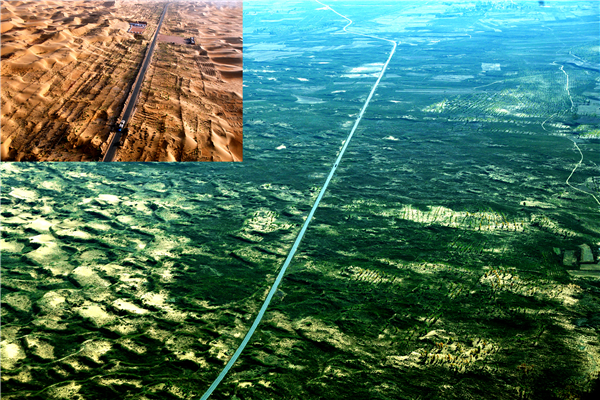
A road running through the Kubuqi Desert in Hangjin Banner was completed in 1999. Local people began to afforest the area at that time. Photos show the past and present of the area.
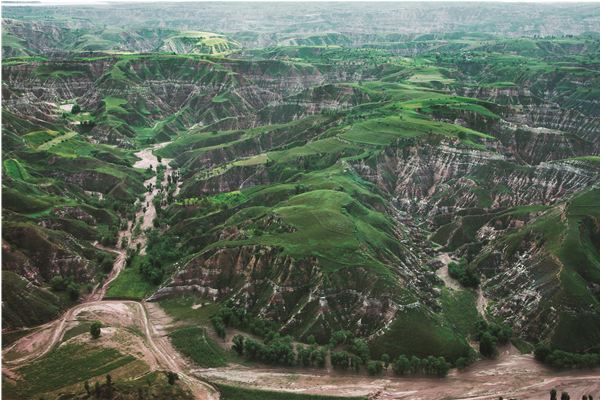
Photo shows the landscape of hills and gullies after desertification control in the east of Ordos. Landscape like this accounts for about half of Ordos' territory.
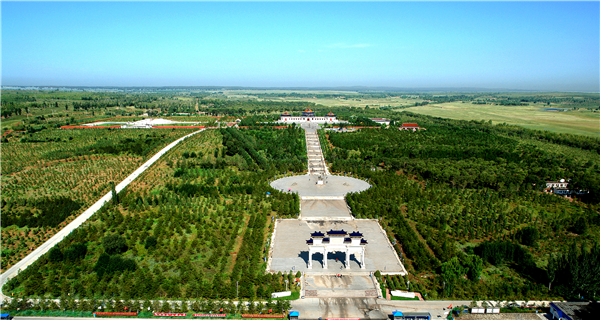
Photo shows the first artificial national forest park in western China – the Genghis Khan National Forest Park. Local government has carried out a number of afforestation campaigns with an investment of 1.16 billion yuan ($171 million) since 2010, planting about 6.77 million trees in a 97 square kilometers area.
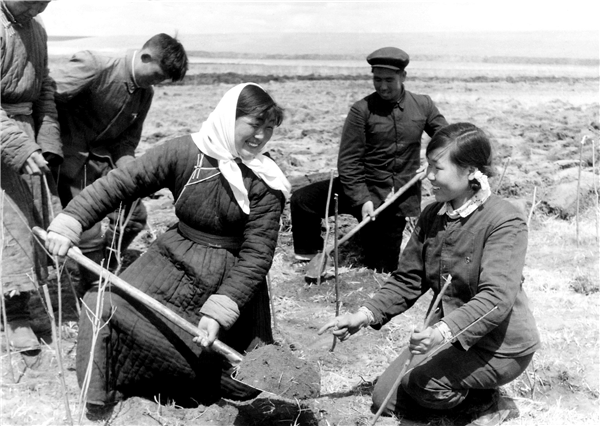
People planted trees to combat desertification in the 1960s. Ordos has devoted itself to afforestation since the 1950s though program slogans have changed with the actual situations.
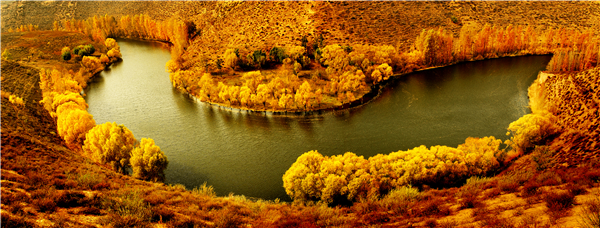
Photo shows a bird's-eye view of a wetland in Ordos. Ordos has 199 wetlands, including the three wetland nature reserves of Bojianghaizi, Dusitu River and Hangjinnur. Thanks to the ecological and environmental improvements, Ordos has become a paradise for rare birds. More than 100,000 birds migrate through and reproduce in these wetlands.
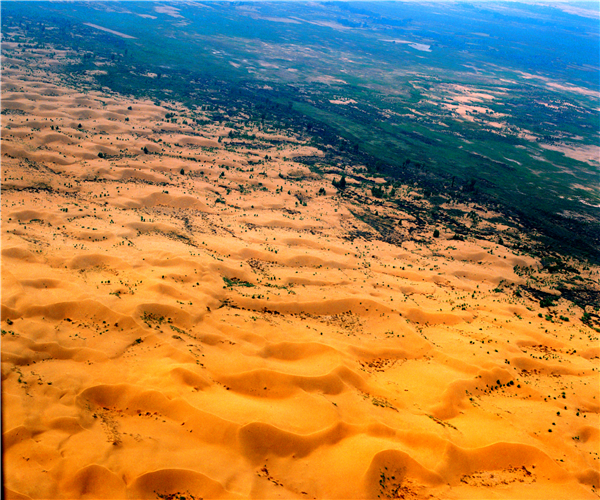
Photo shows the forest at the edge of the Kubuqi desert in Ordos. Ordos people have developed a desertification pattern that divides the Kubuqi desert into several parts. Trees are planted at the desert's edges and along its 10 seasonal rivers.

Photo shows the Maowusu Sandy Area today. About 70 percent of the Maowusu Sandy Area and 25 percent of Kubuqi Desert have been improved through afforestation. About 75 percent of Ordos' territories are covered by greenery.